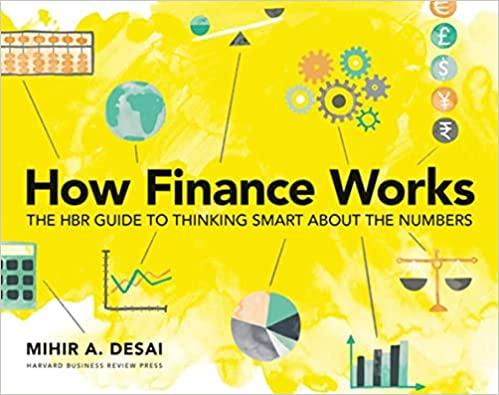Reliable Gearing currently is all-equity-financed. It has 18,000 shares of equity outstanding, selling at $100 a share. The firm is considering a capital restructuring. The low-debt plan calls for a debt issue of $340,000 with the proceeds used to buy back stock. The high-debt plan would exchange $500,000 of debt for equity. The debt will pay an interest rate of 10.8%. The firm pays no taxes.
| a. | What will be the debt-to-equity ratio after each contemplated restructuring? (Round your answers to 2 decimal places.) |
| Debt-to-Equity Ratio |
| Low-debt plan | |
| High-debt plan | |
| |
| b-1. | If earnings before interest and tax (EBIT) will be either $130,000 or $190,000, what will be earnings per share for each financing mix for both possible values of EBIT? (Round your answers to 2 decimal places.) |
| Earnings Per Share |
| EBIT | Low-Debt Plan | High-Debt Plan |
| $130,000 | $ | $ |
| $190,000 | | |
| |
| b-2. | If both scenarios are equally likely, what is expected (i.e., average) EPS under each financing mix? (Do not round intermediate calculations. Round your answers to 2 decimal places.) |
| Earnings Per Share |
| Low-debt plan | $ |
| High-debt plan | |
| |
| b-3. | Is the high-debt mix preferable? |
| |
| |
| c. | Suppose that EBIT is $194,400. What is EPS under each financing mix? (Round your answers to 2 decimal places.) |
| Earnings Per Share |
| Low-debt plan | $ |
| High-debt plan | |






